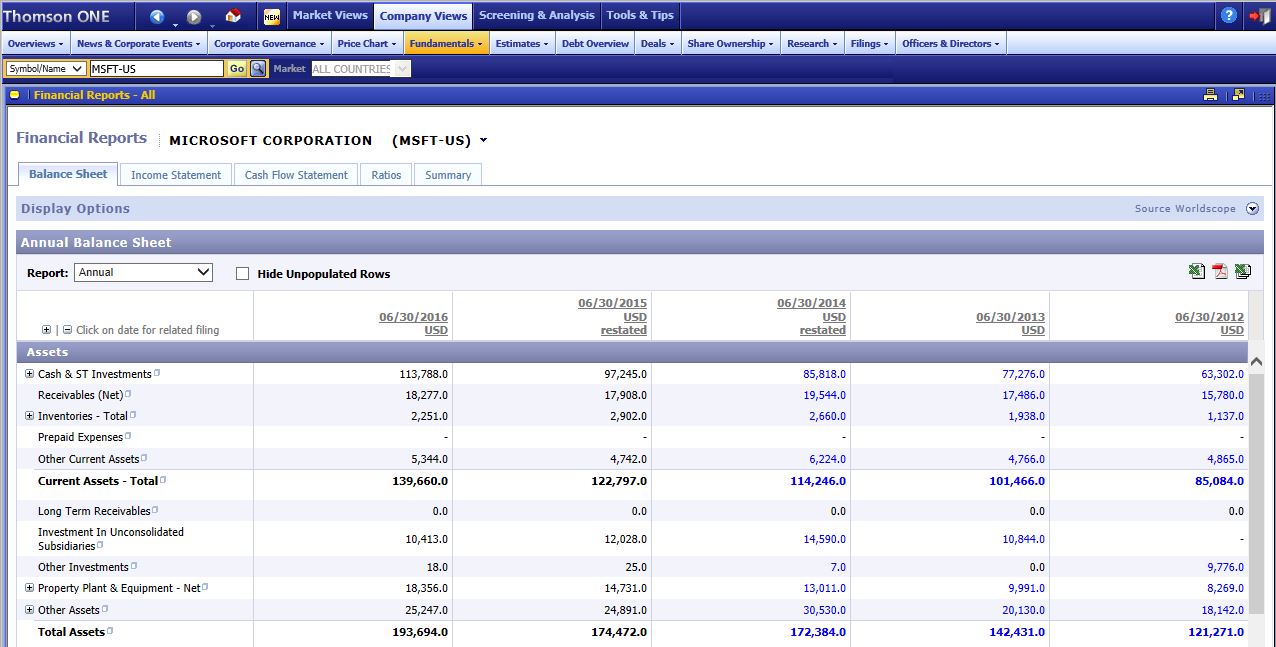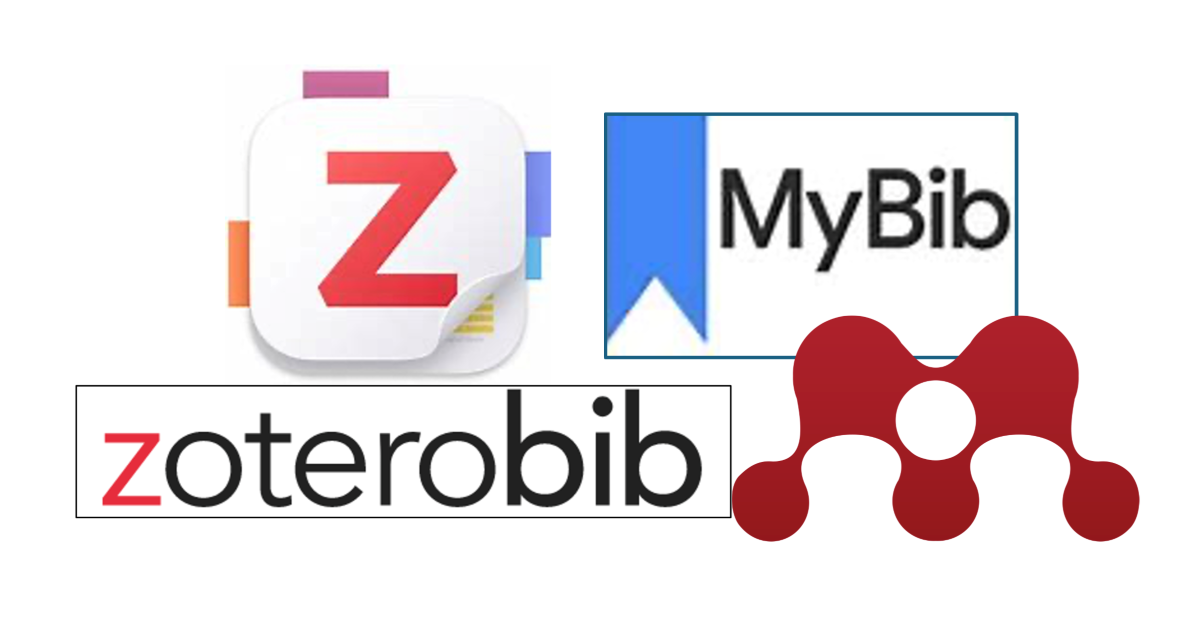How do I reference financial reports and data… in the Cranfield Author-date style?
23/05/2017

We all know how to cite and reference from books, journals, the internet and even blog posts, but what about financials? Just as you would do with information from other sources, data retrieved from a specialist finance resource should be acknowledged in the same way.
The format for referencing financials in Cranfield Author-date style – whether a financial report or a set of financial data – is essentially the same.
Here’s what you need to include in your reference:
- Publishing organisation or author
- (Year of publication/last update)
- ‘Title or section of report’ OR ‘Title of data extract’,
- Name of the database the data was retrieved from (in italics).
- Available at: URL/subscription service.
- (Accessed: date).
And how your references should look:
Bloomberg (2017) ‘Tesco PLC daily share price 2011-2016’, Bloomberg Professional. Available at: Bloomberg subscription service. (Accessed: 2 March 2017).
Thomson Reuters (2017) ‘Microsoft Corporation annual balance sheet 2012-2016’, Thomson One. Available at: https://www.thomsonone.com (Accessed: 28 February 2017).

What about your in-text citations?
Where you make reference to these in your text, follow the normal ‘name and date’ conventions and simply follow any mention with (Bloomberg, 2017) or (Thomson Reuters, 2017), or a variation thereon.
What if you want to copy a table from one of the resources into your assignment?
If you’re replicating a table of data in your work which you’ve taken directly from one of our resources, you’ll need to reference it. Even if you’ve adapted it in some way, you’ll still need to give credit to the source. Read our previous post on referencing images, diagrams, charts or tables to find out how.
Any questions?
As always, if you have any questions about referencing, please contact MIRC or the Kings Norton Library.
Feature image from Pixabay. Available at: https://pixabay.com/photos/stock-trading-monitor-business-1863880/
Categories & Tags:
Leave a comment on this post:
You might also like…
Meet Mendeley: a powerful referencing tool that does the hard work for you!
Are you looking for a way to manage your references, create in-text citations and reference lists for your assignments or thesis? If so, you may wish to consider using Mendeley. What is it? Mendeley is ...
Adding documents to your Mendeley account
To make the most of a Mendeley account, it is useful to create and maintain a ‘Library’ of references. You can add references and documents to this Library in a number of ways: 1) Drag ...
Choosing the right reference management tool for you…
Are you thinking about using reference management software to help you manage your references? The Library is here to help you. While Mendeley has been our go-to reference management software for some years, we've recently ...
Cranfield Seed Fund recipient, Cosysense, are using AI to solve air conditioning problems and provide a net zero alternative
If you’ve ever worked in an office environment you’ve probably been involved in, or overheard, a conversation about the air conditioning. Well, it’s no surprise it’s a common complaint when research shows that up ...
An Eye-Opening Journey in Advanced GIS & Remote Sensing at Cranfield University
My experience in the Advanced GIS and Remote Sensing course at Cranfield University was nothing short of transformational. From day one, the course was designed to provide both technical expertise and real-world applications. What ...
EBSCO databases – User interface changes
EBSCO has recently introduced a new user interface which you will see when you access any of our EBSCO databases - Business Source Complete, EBSCO eJournals and eBooks, GreenFILE, PsycARTICLES and PsycINFO. If you've used ...






